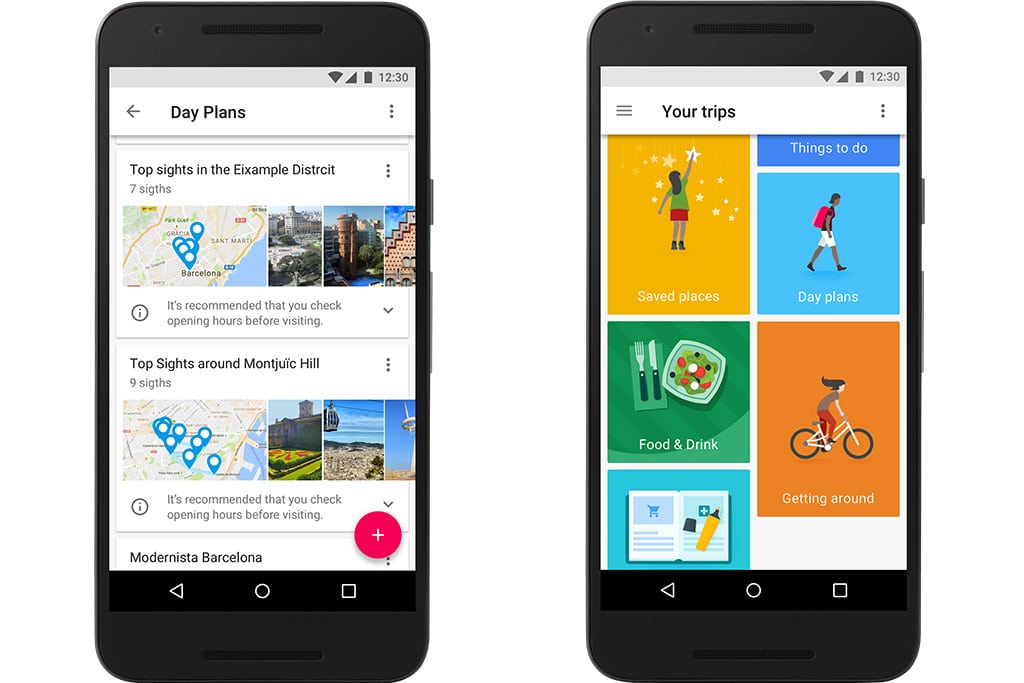New Google Trips Mobile App Uses Gmail to Source Reservations, Recommendations

Skift Take
Google already had Google Maps when it added Google Flights in 2011 and later hotel metasearch and booking. With the launches of a destinations app, which pairs flight and hotel bookings, in 2015, and now the Google Trips app for organizing reservations and making tours and activities recommendations, Google's travel business is slowly, if steadily, becoming pervasive. Google can afford to bide its time -- it is, after all, Google.
Google's steady move into being an even bigger force in the travel industry took a significant step today with the official rollout of its Google Trips app.
The much-anticipated Google Trips mobile app debuted today for English-speaking users worldwide, and it taps into users' Gmail accounts to aggregate past and upcoming flight, hotel, car rental and restaurant reservations as one of the foundations for making personalized recommendations.
Top Executives From Airbnb, Google, Expedia, and More Are Speaking at Skift Global Forum 2016. Join Us.
The app serves as a TripIt-like itinerary organizer and more importantly covers things to do in some 200 top destinations, suggesting activities based on popular venues and users' geo-location, the time of day and previous Google searches.
Given Google's reach, wealth of data, diverse travel products and expertise, the Google Trips app could one day pose competitive issues to companies such as TripAdvisor and Expedia if -- or when -- Google eventually adds booking capabilities.
The app, which is merely informational for now, extracts past and current reservations and trips for Gmail users; Google plans to support Google Enterprise Accounts, as well, but they aren't supported in this first release. The app works if users don't have a Gmail account but without the personalization features.
The free app, ava

